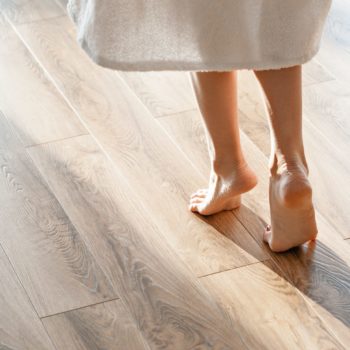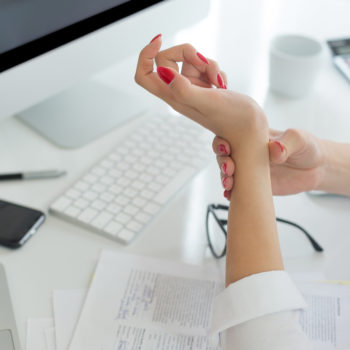People often think that the human spine is one of the great defects of evolution. After all, about 80% of adults suffer from lower back pain.
In reality, the spine is both a strong and flexible structure, made both to tolerate heavy loads and to ensure great mobility: the set of bones, muscles and ligaments that make up the spine are one of the most efficient systems in our body. We talked about this topic with Dr. Lorenzo Virelli, Department of Rehabilitation and Functional Recovery of Humanitas.
Why do we experience back pain?
Back pain is often a functional problem, linked to the misuse of the back and not to an intrinsic defect of the spine. It is therefore essential to know how to use the back to prevent the onset of this disease, which is often very annoying and strongly disabling for the patient.
Avoiding weights does not serve to preserve the back
This activity has always been considered dangerous for the spine. According to the most recent research, on the other hand, the human spine can also withstand the lifting of heavy weights, while repeated stresses, perhaps associated with rotary movements, and even more sedentary activities, which involve maintaining a sitting position for a long time, compromise the health of the back.
In an attempt to reduce back injuries, specific equipment is used in the workplace to handle heavy loads (lifts and trolleys), to reduce repeated stresses (cushioned seating) and to allow a correct posture (equipped workstations). However, these precautions are not sufficient to minimize the risk of injury, while it has proved much more effective to “preopen” the spine to this type of activity.
Does practice make perfect?
Bone tissue as well as muscle and tendon tissue that make up the spine can be trained. If they are repeatedly and gradually exposed to an increasing mechanical load and workload, they acquire strength and resistance. Just as no one would expect to run a marathon without first doing a proper workout, also to be able to lift a weight it is necessary to gradually expose yourself to this activity.
Sportsmen who use and train their spine correctly suffer from back pain less frequently than the average population.
Rowers, for example, who subject the spine to hundreds of cycles of flexion and extension during training, have back pain less frequently than the average population. The same is true for weightlifters that repeat the athletic gesture less frequently but with a higher load.
These studies are supported by those conducted on astronauts who spend a lot of time in a low-gravity environment and therefore with their backs unloaded. The result is a reduction in muscle and bone mass and a swelling of the intervertebral discs, which ultimately cause instability of the spine and a higher probability of back pain.
Perfect practice makes perfect
This does not mean that bending and constant load of the column are not activities that can be associated with the onset of back pain, but simply that they are not the direct cause: it is the overload on an untrained back that determines the onset of back pain and this also applies to athletes.
Rapid increases in training load with poor recovery are associated with the onset of back pain in rowers.
A person with a sedentary lifestyle, perhaps overweight, who at work takes care of handling loads or who spends a lot of time at the video terminal will be more likely to develop back pain, compared to another worker who leads an active lifestyle and practices exercise regularly.
In conclusion
Today’s scientific research allows us to state that back pain is prevented by exercise rather than by avoiding lifting weights.
Health professionals now suggest regular physical activity as part of a daily routine that includes exercises that can strengthen the muscles of the spine, and keep it flexible, with progressive loads and adequate rest between workouts.










